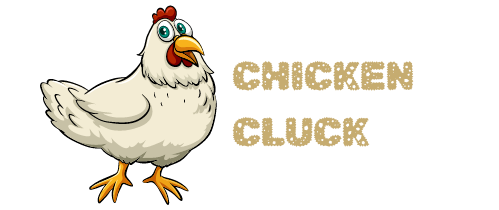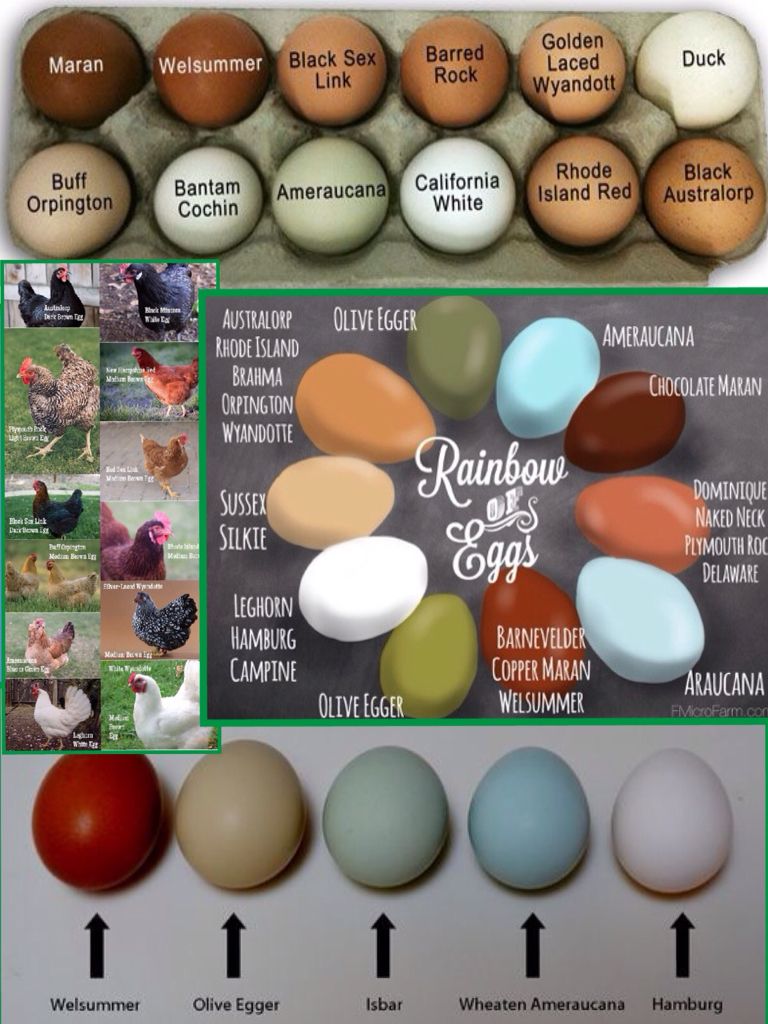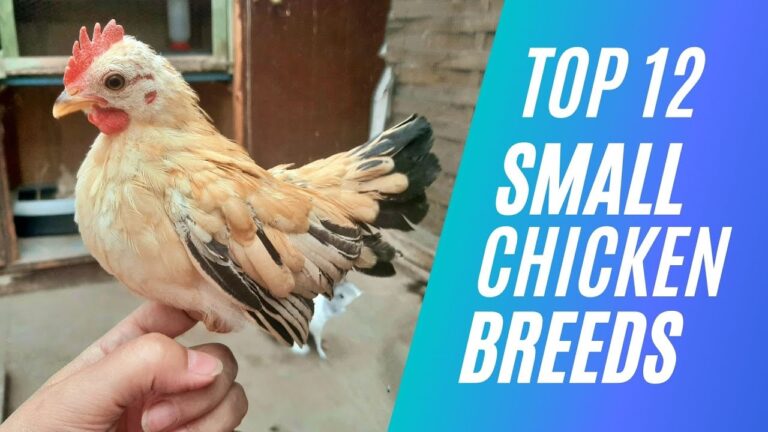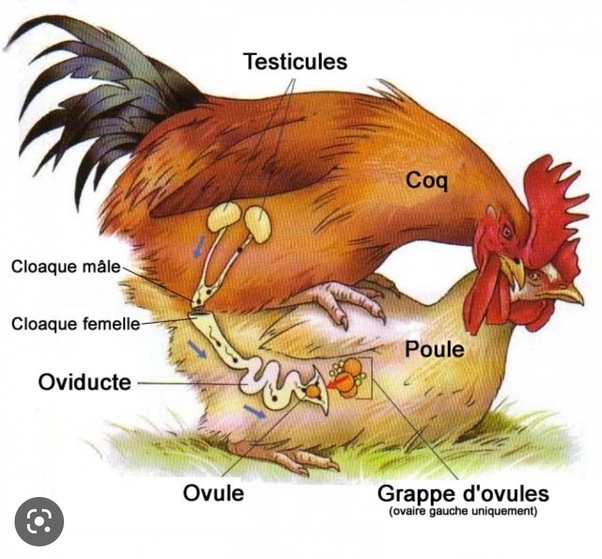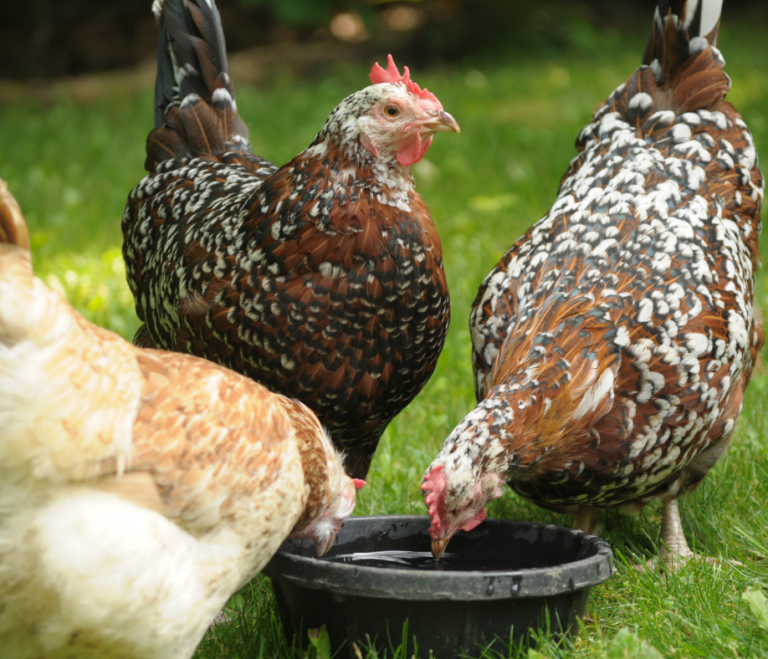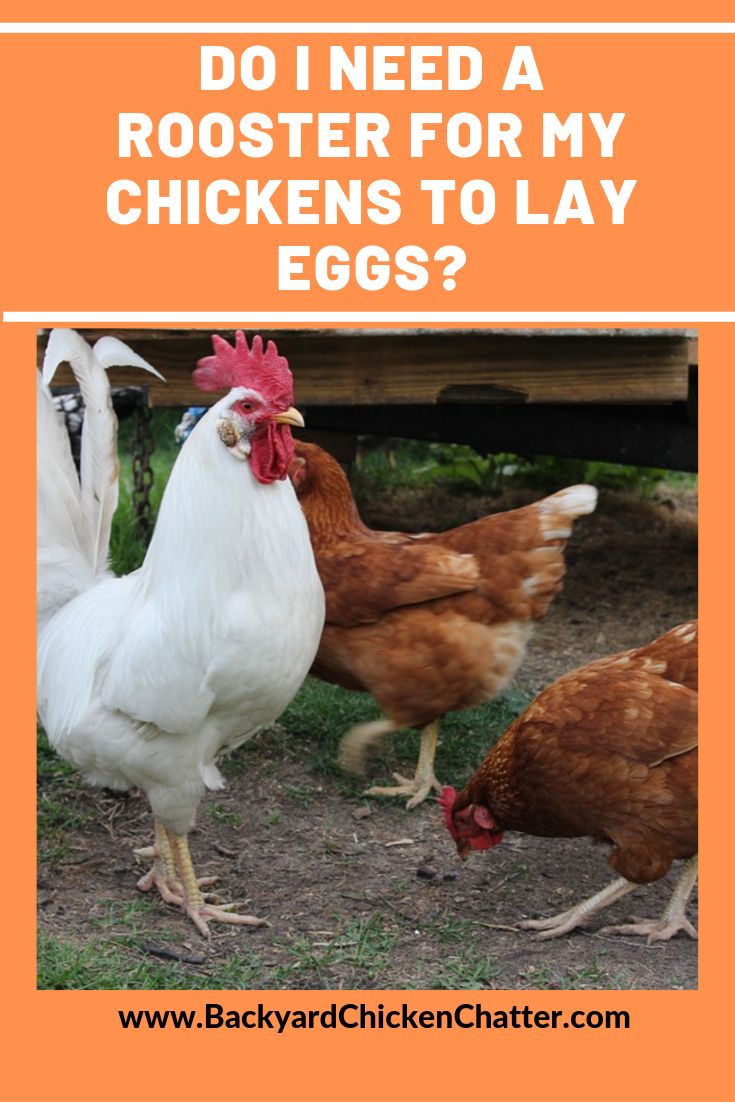Leghorn, Polish, and Silkie are popular breeds of white chickens. Each breed exhibits distinct characteristics and advantages.
White chickens are not just a captivating sight in the poultry world; they’re also a diverse group with different attributes suited to varying needs. The Leghorn, for instance, known for its impressive egg-laying capacity, is a backyard favorite. On the other hand, the Polish chicken, with its unique crest of feathers, adds ornamental value.
The Silkie, famed for its fluffy plumage and gentle temperament, is often a choice for those wanting a pet chicken. Each white chicken breed brings its unique qualities to the coop, whether it’s for utility, companionship, or aesthetics, meeting the needs of poultry enthusiasts and farmers alike. By selecting the right white chicken breed, one can achieve a perfect balance of functionality and visual appeal in their flock.
The Allure Of White Chickens
There’s something truly mesmerizing about white chickens. Their pristine feathers gleam in the sun, creating a pure and elegant look. This striking appearance attracts both poultry enthusiasts and backyard chicken keepers alike. White chickens stand out in a flock, reflecting cleanliness, simplicity, and grace. They capture the imagination and add a touch of sophistication to any coop.
Symbolism And Popularity
White chickens symbolize peace, purity, and new beginnings. They hold a special place in many cultures around the world. People see these birds as more than just poultry; they’re a sign of hope and tranquility. Their popularity doesn’t just come from their symbolic meanings. Many choose them for their standout appearance among other chickens. They’re a favorite in shows and competitions. These white birds often become the stars of the coop!
Versatility In Roles
White chickens are not just pretty; they hold various roles. Farmers value them for their eggs and meat. Some breeds, like the Leghorn, are excellent layers. They provide a steady supply of eggs throughout the year. Others, such as the Bresse, are known for their superior quality meat. They often serve as reliable pets too. Children love their friendly nature. It’s not rare to find white chickens strutting around the backyard, mingling with the family and guests.

Credit: treatsforchickens.com
Characteristics Of White Chicken Breeds
When you think about chickens, a classic white bird often comes to mind. These white chicken breeds not only stand out for their stunning feathers but also bring unique traits to the barnyard. Let’s delve into the characteristics of these white beauties and understand what makes them a spectacular choice for chicken enthusiasts.
Feather Features
White chicken breeds boast feathers that are as white as snow. Their plumage can be either cottony-soft or sleekly and smoothly laid down. The texture and volume of the feathering may vary, but one constant is their bright white appearance that can shimmer in the sunlight.
- Leghorn chickens wear a crisp, pure white coat.
- Silkie chickens offer a fluffy, cuddly appearance.
All white chicken breeds need to be kept clean to maintain the vibrancy of their feathers, which can be a challenge at times.
Behavioral Traits
These white-feathered birds are more than just beautiful; they also exhibit a range of personalities. While some breeds might be friendly and docile, others could display more assertive behaviors. Knowing these tendencies can help with handling and caretaking.
| Breed | Behavioral Trait |
|---|---|
| Polish | Curious and good-natured |
| White Plymouth Rock | Friendly and calm |
These white chickens are often hardy and adapt well to different living conditions. Keeping them happy and healthy requires knowledge of their specific behaviors.
The Leghorn: A Prolific Layer
The Leghorn chicken stands out in the poultry world. Known for its striking white feathers, this breed is the poster child for egg-laying prowess. Their ability to lay an impressive number of eggs has made them a favorite among chicken enthusiasts and farmers alike. Let’s dive into the history of the Leghorn and its exceptional egg-laying abilities.
History Of The Leghorn
The Leghorn chicken originated in Italy and got its name from the port city of Livorno. It arrived in America in the early 1800s. Over time, selective breeding enhanced its qualities, making it a worldwide favorite.
Egg Production And Quality
Leghorns are known for their outstanding egg production. Annually, a single Leghorn can lay between 250 to 300 eggs. Their eggs are large and have a white shell. This reliable production makes them a top choice for both commercial and backyard poultry keepers.
- Early to lay: Leghorns start laying at about 4-5 months old.
- Consistent layers: They lay all year long, with minimal breaks.
- Efficient: Leghorns require less feed per egg, making them economical.

Credit: www.backyardchickens.com
The Silkie: Fluffy And Friendly
Gaze upon the Silkie chicken, a delightful breed that captures hearts with its fluffy white feathers and sweet demeanor. This breed stands out in the poultry world, combining a unique look with a companionable nature. Silkies are perfect for families, hobby farms, and anyone who wants a pet chicken with a bit of panache. Let’s delve into why these birds make such excellent companions.
Unique Silkie Features
Silkies are not your average chicken. Their feathers, resembling soft silk, provide a furry appearance. Unique to Silkies is their black skin and bones, an attribute called fibromelanosis. They also have five toes on each foot, unlike the typical four of other breeds.
- Feather texture: Soft, fluffy, silk-like
- Color: Pure white, sometimes with hints of cream
- Skin and bones: Distinctive blue-black color
- Toes: Five per foot, a rare feature among chickens
Temperament And Care
Known for their friendly and docile nature, Silkies make excellent pets. They love human interaction and often form strong bonds with their owners. Silkies are also great with children, thanks to their gentle disposition.
Caring for Silkies involves keeping them dry as their unique feathers are not waterproof. This means providing a secure, weather-proof coop. Their diet is similar to other chickens, but they also enjoy the occasional treat, like mealworms or vegetables.
| Care Aspect | Details |
|---|---|
| Housing | Dry, secure, protected from weather |
| Diet | Standard chicken feed, occasional treats |
| Handling | Regular, gentle interaction recommended |
Brahma: The Gentle Giant
Imagine a chicken so big, it’s like the gentle giant of the coop. That’s the Brahma, a breed that stands out not just for its size but for its calm demeanor. Let’s discover the world of the Brahma, a fascinating breed that brings elegance and utility to any farm.
Brahma Appearance
The majestic Brahma chicken commands attention with its large frame. It’s a bird that proudly struts with a full-feathered look. Its fluffy plumage is primarily white, with feathers that feel like silk to the touch. The Brahma’s head boasts a small comb, while its face, wattles, and earlobes present a bright red contrast. People often notice its feathered legs and feet, a trait that adds to its fluffy appearance. It’s no surprise onlookers are charmed by this breed’s dignified presence.
Brahma’s Usage In Farms
The Brahma isn’t just a pretty face; these birds are incredibly versatile on a farm. Their heft makes them a good choice for meat production, and while they may not be the top egg-layers, they do contribute a fair share. Brahmas are winter-hardy, thanks to their dense feathers. This allows them to thrive even in colder climates. Farmers love them for their easy-going nature, making them a delight to work with. Brahmans also excel at foraging skills, which helps in pest control and keeping the farm’s ground fertile through their natural digging.
Let’s break down the many reasons why farmers choose Brahmas:
- Meat Production: Their impressive size yields considerable meat.
- Egg Production: Respectable number of eggs throughout the year.
- Cold Resistant: Hardy in colder temperatures, ensuring year-round productivity.
- Docile Nature: Easy to manage, suitable for farms of any size.
- Foraging: Natural foragers, reducing feed costs and aiding in pest control.
Polish Chicken: Distinctive And Decorative
Imagine a chicken with a feathery crown, turning heads wherever it struts. That’s the Polish Chicken, known not just for its eggs but for its extraordinary looks. These birds make a striking addition to any flock, blending quirky charm with a heavy dose of elegance. Let’s dive into the world of these ornamental wonders and learn what makes them a favorite among poultry enthusiasts.
Crested Beauty
Polish chickens are the royals of the coop thanks to their large, fluffy crests. This plume of feathers tops their heads like a chic hat at a fashion show. Every bird brings its own unique style, making these chickens as individual as they are eye-catching. Their crests come from a genetic feature that causes feathers to grow upward, creating an irresistible pom-pom that grabs attention.
Polish Chicken In Backyards
- Perfect for Pets: Friendly and calm, Polish chickens enjoy human company, making them excellent pets for families.
- Eye-Candy: With their striking feathered crests, they bring exceptional beauty to any backyard setting.
- Space Considerations: They adapt well to confined spaces but do need protection, as their crests can limit their vision.
- Egg Production: While not top layers, Polish chickens contribute a fair share of eggs, with some variety in color.
As backyard birds, they require little in terms of special care beyond regular checks to ensure their crests stay clean and free from parasites. They thrive on standard poultry feed and enjoy foraging, which can help keep your garden pests at bay.
Whether your interest lies in a unique pet, a garden helper, or simply a decorative bird that brightens up your yard, the Polish Chicken fits the bill. Embrace the whimsy and joy these crested beauties can bring to your life.
White Plymouth Rock: Reliable And Hardy
White Plymouth Rock chickens are like the sturdy friends in the poultry world. Known for their strength and good nature, these white-feathered fowl stand out in the coop. With their full, fluffy appearance and bright red combs, they are not only beautiful but also extremely practical for farmers. Let’s dive into the origins and benefits of the White Plymouth Rock breed.
Breed Origins
The story of the White Plymouth Rock chicken starts in the United States in the late 19th century. A crossbreed designed for both egg-laying and meat production, this bird quickly became a favorite. It inherits the Plymouth Rock’s qualities while donning a pure snow-white plumage, making it a breed with a unique and charming presence.
Advantages For Farmers
- Robust health: These chickens handle different climates well, keeping vet visits low.
- Consistent eggs: They lay large, brown eggs all year, offering a steady supply.
- Friendly nature: Their calm demeanor makes them a joy to raise and handle.
- Low maintenance: Their resilience requires minimal upkeep, saving time and resources.
- Meat and eggs: Dual-purpose birds provide both meat and eggs, maximizing a farm’s output.
Bresse: The French Delicacy
The Bresse chicken stands as a symbol of high-quality French gastronomy. Known for its pure white feathers, bright red comb, and steel-blue legs, the Bresse chicken isn’t just a pretty face—it’s renowned for its delicious meat. In France, the term ‘Bresse’ evokes images of a gourmet delight that has graced tables with unparalleled taste and texture. Let’s delve into what makes the Bresse chicken a culinary treasure.
Bresse Culinary Reputation
The Bresse chicken holds a legendary status in the culinary world. Its meat is celebrated for being succulent and flavorful, with chefs and food connoisseurs alike praising its quality. Bresse chickens enjoy a protected geographical indication, which means only chickens reared in the Bresse region of France can bear the name. This exclusivity contributes to its premium status and price tag.
- Protected geographical status ensures authenticity.
- Preferred by top chefs for its fine, tender meat.
- Features in many high-end French recipes.
Rearing Bresse Chickens
Raising Bresse chickens is an art that has been perfected over centuries. These birds are provided with a specific diet and are allowed to roam freely, which contributes to their unique flavor. The production and sale of Bresse chickens are tightly controlled, ensuring that the standards for their rearing environment and diet remain uncompromised.
| Age | Environment | Diet |
|---|---|---|
| 0-5 weeks | Warm, secure brooding area | Unlimited starter feed |
| 6-12 weeks | Pasture access | Grain, bugs, and greens |
| 12+ weeks | Free range | Controlled diet for flavor |
By respecting the traditional methods of rearing these chickens, authentic Bresse poultry continues to uphold its revered status. The expertise of Bresse chicken rearers, who balance strict guidelines with an understanding of the land and its seasons, is what makes the meat a premium product. This careful and dedicated approach to farming ensures that each bird achieves the highest culinary standards.
Choosing The Right White Breed For You
Embarking on a poultry-keeping journey brings the delight of choosing from a spectrum of chicken breeds. White-feathered chickens are popular for their striking appearance and varying characteristics. Your ideal white chicken breed depends on several key factors. Let’s delve into these factors to help you find a feathered friend that suits your lifestyle, environment, and chicken-rearing goals.
Assessing Your Needs
Identify the main purpose behind your desire to raise white chickens. People keep chickens for various reasons:
- Eggs: Some breeds excel in laying eggs.
- Meat: Others grow large and are perfect for meat.
- Show: Certain breeds stun at exhibitions.
- Pets: Friendly breeds make great companions.
Consider the Leghorn for abundant egg-laying or a fluffy Silkie for a cuddly pet.
Climate Considerations
Chickens’ tolerance to weather varies.
- Cold-hardy breeds include the Wyandotte.
- Heat-resilient chickens, like the Leghorn, fare well in warmth.
Ensure the white breed chosen can thrive in your local climate conditions.
Space And Management
Space requirements differ:
| Breed | Space Needed |
|---|---|
| Polish | Needs ample space for free-ranging |
| Leghorn | Adapts to confined spaces |
Management ease also matters.
- Some breeds require minimum effort, ideal for beginners.
- Others need specialized care, like the crested Polish.
Plan according to your readiness to manage their needs.
Caring For White Chicken Breeds
White chicken breeds dazzle with their pristine feathers. Proper care ensures they stay healthy and vibrant. Correct nutrition, health management, and safety from predators are crucial. Follow these tips for the best care.
Nutrition And Health
Feeding white chicken breeds requires a balanced diet. This diet supports their unique needs. A mix of proteins, vitamins, and minerals is essential.
- Protein: Fundamental for growth. Offer ample amounts, especially for young chickens.
- Vitamins: Vital for immune function. Include Vitamin A and E in their diet.
- Minerals: Necessary for bone health. Calcium promotes strong eggshells.
Regular health checks prevent common issues. Look for signs like:
| Sign | Action |
|---|---|
| Lethargy | Consult a vet. |
| Feather Loss | Check for parasites. |
| Respiratory Problems | Ensure clean, dry coops. |
Protection From Predators
White chickens are easy targets for predators. They need safe shelters. Construct robust coops with these features:
- Sturdy Wire: Use hardware cloth, not chicken wire.
- Lockable Doors: Install raccoon-proof latches.
- Solid Roofs: Block off aerial predators.
Keep the surroundings clean to avoid attracting predators. Install motion-sensor lights for night-time protection.

Credit: en.wikipedia.org
Conclusion
Exploring the realm of white chicken breeds offers both beauty and diversity. From the majestic Leghorn to the fluffy Silkie, each breed presents unique attributes. Whether seeking prolific egg layers or ornamental charm, there’s a white feathered friend for every need.
Embrace the elegance of white chickens and find the perfect fit for your flock.
